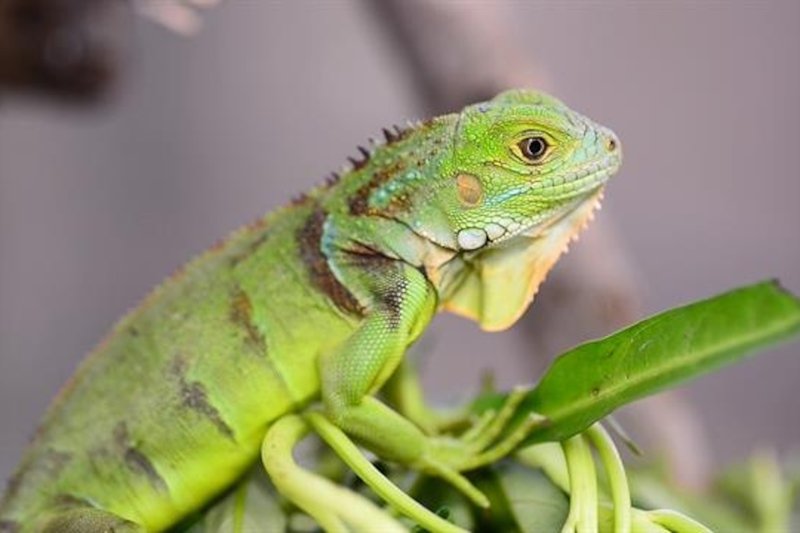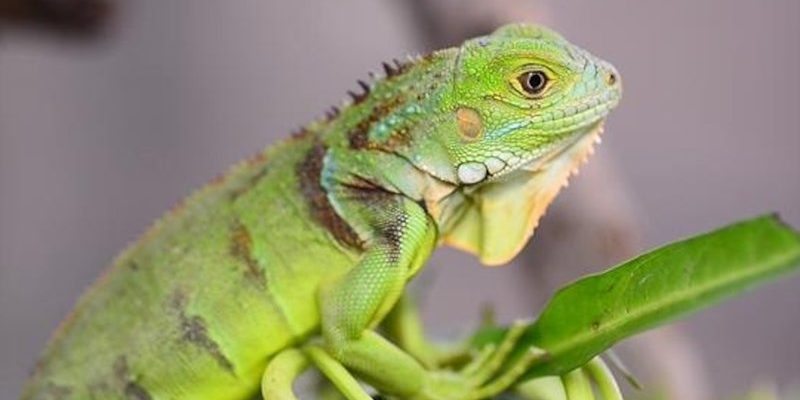
You might be thinking, “Where exactly do I find these magnificent reptiles?” Well, let’s take a virtual journey around the world to uncover the native habitats of green iguanas. Spoiler alert: they prefer warm climates, so you won’t find them sunbathing in cold, snowy places!
Native Regions of Green Iguanas
Green iguanas are native to the tropical rainforests of Central and South America. Imagine dense canopies, vibrant greenery, and a symphony of sounds from various wildlife—this is the perfect playground for green iguanas. They thrive in places like:
- Mexico: Known for its sunny beaches and rich biodiversity, Mexico is a haven for these reptiles.
- Central America: Countries like Costa Rica and Panama offer warm, humid environments ideal for iguana habitats.
- South America: In countries like Colombia, Venezuela, and Brazil, green iguanas enjoy the lush vegetation and abundant food sources.
You might be wondering why these regions are so suitable. Green iguanas prefer temperatures between 70°F and 100°F (21°C to 38°C). Their diet mainly consists of leaves, fruits, and flowers, which are abundantly found in tropical forests.
Habitat Preferences
Green iguanas are quite particular about their living conditions. They favor tropical rainforests where trees are tall and abundant, allowing them to climb and bask. Here are some key features of their preferred habitats:
- Shelter: Large trees provide safety from predators and a place to bask in the sun.
- Food Sources: They mostly eat leafy greens and fruits, so areas rich in vegetation are perfect.
- Water Sources: Iguanas are also attracted to areas near rivers or streams, where they can hydrate and cool off.
The life of a green iguana is all about balance—finding safe spaces to hide while also enjoying the warm sunshine. By living in these lush environments, they can thrive.
Global Distribution
While green iguanas originated in Central and South America, their popularity as pets has led to their introduction in other parts of the world. You might spot them in places like:
- Florida, USA: Often referred to as an invasive species, green iguanas thrive in Florida’s warm climate, frequently seen sunbathing in backyards or parks.
- Hawaii, USA: Here, iguanas have adapted well to the island’s environment, enjoying the tropical climate.
- Caribbean Islands: Islands like Puerto Rico and the Dominican Republic have made room for these iguanas, too.
Interestingly, their presence in these new habitats can sometimes create challenges for local wildlife and ecosystems. In Florida, for example, they can damage native vegetation and compete with local species for resources.
Behavior and Adaptation
Green iguanas are not just pretty faces—they’re adaptable and crafty creatures. Their behavior is shaped by their environments and can vary greatly depending on where they live.
For example, in their native habitats, these iguanas are primarily arboreal, meaning they spend a lot of time in trees. They use their long tails for balance as they climb and often seek high perches to avoid predators. But in Florida, you might find them sunbathing on the ground or even hiding under porches!
This adaptability is key to their survival. They can adjust their diet slightly based on what’s available, which helps them thrive in varied environments. Honestly, it’s fascinating to see how these creatures make themselves at home, no matter where life takes them.
Conservation Status
While green iguanas have found a way to thrive in new regions, their populations in their native habitats face challenges. Deforestation and habitat loss are significant threats, cutting down the lush environments they rely on.
In some areas, they’re considered vulnerable due to illegal pet trade and hunting. Efforts are underway to conserve their habitats and educate people about the importance of these reptiles. Local organizations and wildlife groups often work to ensure that green iguanas continue to thrive in their natural environments, promoting awareness about their ecological roles.
You might think, “What can I do to help?” Supporting conservation initiatives or simply spreading the word about their plight can make a difference.
Green iguanas are remarkable creatures, adapting to various environments while enchanting us with their vibrant colors and unique behaviors. Native to lush rainforests and now found across the globe, they play vital roles in their ecosystems, even influencing the vegetation with their herbivorous diets.
Whether you encounter these iguanas basking in the sun in Florida or nestled high in the trees of Costa Rica, understanding their habitats helps us appreciate them even more. So, the next time you spot a green iguana, take a moment to marvel at where it came from and the journey it’s taken to thrive in our world. Remember, every little effort counts when it comes to protecting these beautiful creatures and their natural homes!

